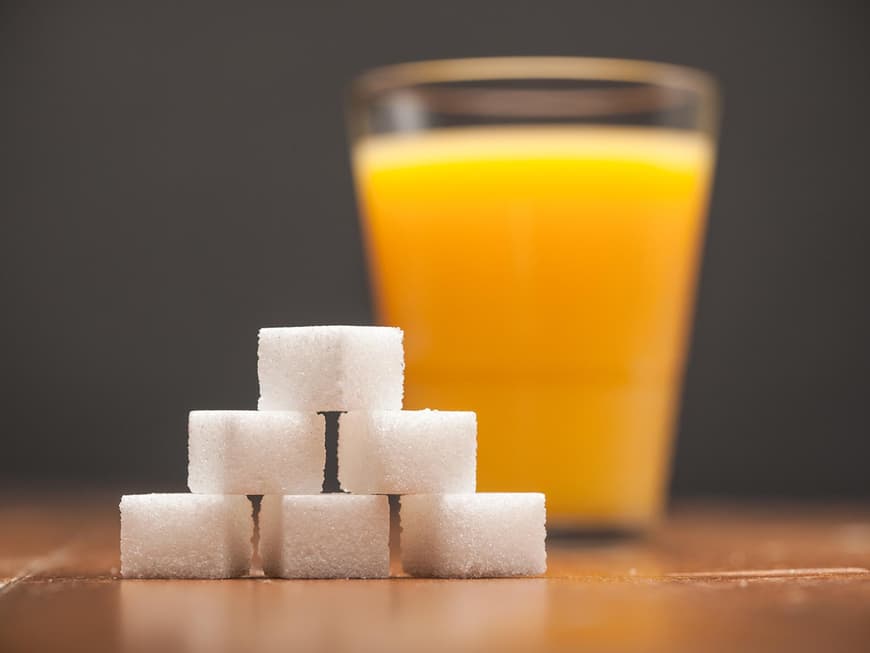Mmmh, it's a real treat to have such a colorful refreshment in a glass! But with all the different claims on juice packaging, it's easy to get confused. What exactly does it contain and which juice is really healthy?
Juices put to the test: the most important labels
Direct juice: It must consist of 100 percent fruit and is filled into bottles or other packaging immediately after production.
Fruit juice concentrate: Also consists of 100 percent fruit. However, to make transportation easier, manufacturers first remove the water from the juice and then dilute the concentrate again at its destination.
Nectar: Depending on the variety, the fruit content is between 25 and 50 percent. The rest is water and usually sugar, and often also contains lactic, citric and ascorbic acid.
Fruit juice drink: Here the name promises more than the contents, as the drink only contains 6 to 30 percent fruit. The rest is water, sugar and often various colorings and flavorings.
Healthy juices: these varieties have it all
Orange juice: A glass of freshly squeezedorange juice - and we've already covered our daily requirement of 100 milligrams of vitamin C. More exotic varieties with just as much vitamin C are sea buckthorn, cranberry, acerola and blackcurrant.
Apple juice: When buying apple juice , it is better to go for the naturally cloudy variety - it is less centrifuged and only pasteurized for a very short time, so many health-promoting plant substances are retained.
plant substances.
Red grape juice: Like red wine, it contains flavonoids and other substances that support the cardiovascular system and can reduce the risk of cancer.
Cranberry juice: The color molecules in the juice prevent coli bacteria from settling in the bladder mucous membranes and triggering inflammation.
Pretty sweet ...
Sugar: 100 percent fruit juice does not mean pure health, because fruit has a high sugar content and contains fructose and glucose. For example, one liter of apple juice contains around 120 grams of sugar, while one liter of cola contains "only" 110 grams. Better to drink in moderation.
Store and enjoy
Storage: Fresh and opened juices should be stored in the fridge at 5 to 8 degrees, otherwise they can quickly start to ferment at warmer temperatures.
Consumption : If stored correctly, they usually keep a little longer than the 3 to 4 days stated on many packs. As a general rule, the more acidic a juice is, the longer you can enjoy it.
Good to know
1 glass of apple juice (250 ml) contains 30 g of sugar, which corresponds to approx. 10 sugar cubes
1 glass of orange juice (250 ml) contains 25 g of sugar, which corresponds to approx. 8 sugar cubes
1 glass of grapefruit juice (250 ml) contains 18 g of sugar, which corresponds to approx. 4.5 sugar cubes


